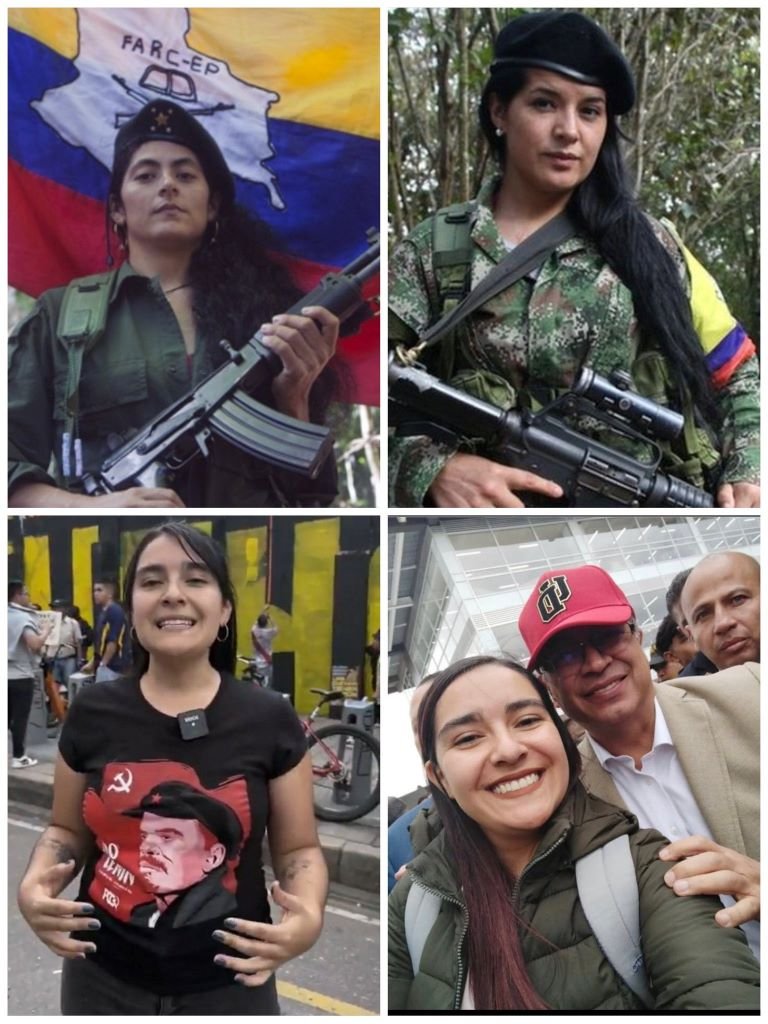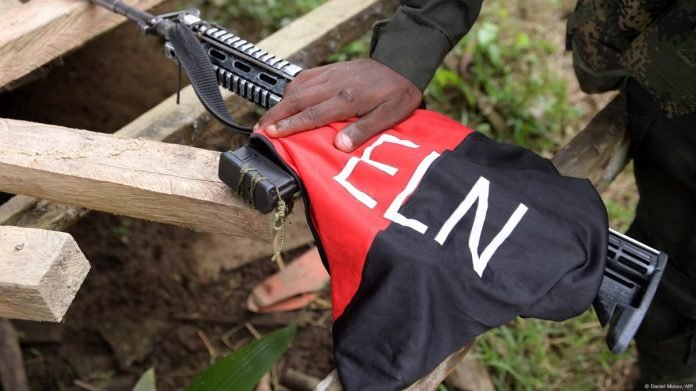Colombia has declared a state of emergency and launched a military offensive against left-wing guerrillas following a wave of violence that has claimed over 100 lives and displaced 20,000 people.
The unrest has spread across three departments, fueled by militia turf wars linked to the lucrative cocaine trade.
In just five days, bloodshed has been reported across three Colombian departments — from the remote Amazon jungle in the south to the mountainous northeastern border with Venezuela.
President Gustavo Petro’s administration, which had opted for negotiation and appeasement, said the newest violence is a significant threat to the country’s fragile peace process and must be quelled.

Petro vowed Monday to take a tough stance against the guerrillas, saying, “The ELN has chosen the path of war, and war they shall have.”
He declared a localized state of “internal unrest” and “economic emergency,” which can allow local authorities to restrict people’s movement, among other measures.
The president ordered off 5,000 troops to the border area where some of the worst violence Colombia has seen in years rages on.
Petro’s Appeasement Policy to Blame
However, critics allege that Petro’s conciliatory approach has emboldened groups involved in organized crime, allowing them to grow in power and influence.
A 2016 peace deal with the Revolutionary Armed Forces of Colombia (FARC) was hailed as a turning point in the six-decade-long conflict. Still, dissident factions continue to control territory in several parts of Colombia, the world’s biggest cocaine producer.
Colombia had enjoyed almost a decade of relative peace, but assorted left-wing guerrillas, right-wing paramilitaries, and drug cartels still control pockets of the country.
The current violence is a result of a turf war between rival militias, who see the faltering peace process as a threat to their unity and profits from the cocaine trade.
Comment, Like 👍, share this article, and Follow us on our social media handles.







